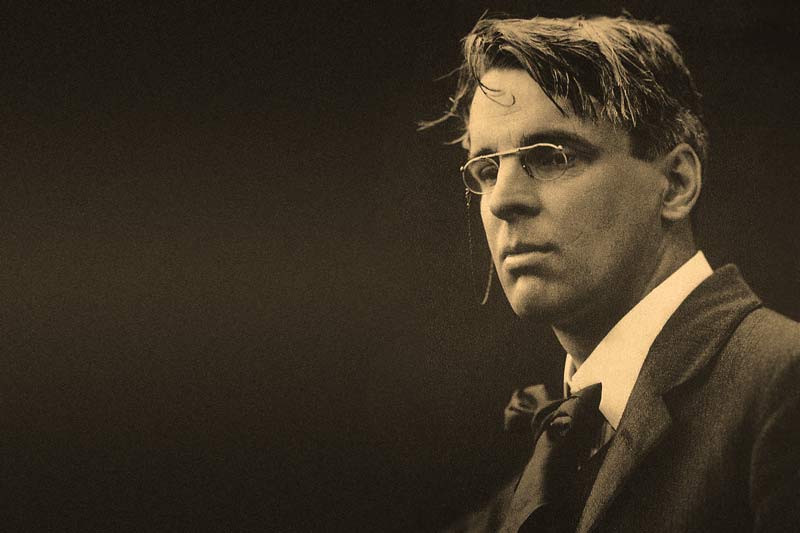Yeats: A Poet in Love
- The Irish Literary Revival and the Abbey Theatre
- Yeats's Poetic Evolution
- Key Themes in Yeats's Poetry
- Yeats's Later Years and Legacy
- Famous Poems by William Butler Yeats
- Impact on Irish Literature and Culture
- William Butler Yeats in Popular Culture
- In-Depth Analysis of Major Poems
- Yeats and his Political and Social Views
- Yeats's Influence on Other Writers
- Yeats's Critical Reception
- A Place in the History of Irish Literature
- Yeats and the Occult
- Yeats and his Personal Life
- Yeats's Travels and Experiences Abroad
- Yeats and his Legacy in Ireland Today
- Conclusion
William Butler Yeats, often simply called Yeats, is a name that resonates deeply within the world of literature, and Irish Poetry. Love and romance also played a significant role in Yeats's life. Notably, he fell deeply in love with Maud Gonne, a beautiful and passionate Irish nationalist. However, his love for Gonne remained unrequited. Nevertheless, she became a powerful muse, inspiring some of his most famous poems. Ultimately, Yeats married Georgie Hyde-Lees, who shared his interest in the occult and spiritualism. Their union proved to be a source of both personal and artistic fulfillment.

The Irish Literary Revival and the Abbey Theatre
Contents
- The Irish Literary Revival and the Abbey Theatre
- Yeats's Poetic Evolution
- Key Themes in Yeats's Poetry
- Yeats's Later Years and Legacy
- Famous Poems by William Butler Yeats
- Impact on Irish Literature and Culture
- William Butler Yeats in Popular Culture
- Conclusion
- In-Depth Analysis of Major Poems
- Yeats and his Political and Social Views
- Yeats's Influence on Other Writers
- Yeats's Critical Reception
- A Place in the History of Irish Literature
- Yeats and the Occult
- Yeats and his Personal Life
- Yeats's Travels and Experiences Abroad
- Yeats and his Legacy in Ireland Today
- Conclusion
Yeats was not merely a poet; he was also a key figure in the Irish Literary Revival. In other words, he actively sought to promote Irish culture and literature. Alongside Lady Gregory and other like-minded individuals, he co-founded the Abbey Theatre in Dublin. This theater became a platform for Irish playwrights and actors to showcase their talents. As a result, it played a pivotal role in the revival of Irish cultural identity.
Yeats's Poetic Evolution
Yeats's poetry evolved over time. His early work often focused on Irish mythology and folklore. Yet, as he matured, his poetry delved into broader themes of love, loss, aging, and the nature of art itself. Additionally, he experimented with different poetic forms and styles, showcasing his versatility as a writer.
Key Themes in Yeats's Poetry
Several recurring themes characterize Yeats's poetry. Firstly, his fascination with Irish mythology is evident in poems like "The Stolen Child" and "The Wanderings of Oisin." Secondly, his unrequited love for Maud Gonne inspired passionate and poignant verses. Additionally, his exploration of the occult and spiritualism finds expression in poems like "The Second Coming" and "Sailing to Byzantium."
Yeats's Later Years and Legacy
In his later years, he continued to write prolifically. He also became increasingly involved in Irish politics. In fact, he served as a senator in the Irish Free State. His later poetry often reflected his concerns about the state of the world and the rise of totalitarianism. In 1923, William Butler Yeats received the Nobel Prize in Literature, cementing his place as one of the greatest poets of the 20th century. His legacy lives on not only in his poetry but also in the cultural institutions he helped establish.
Famous Poems by William Butler Yeats
- "The Lake Isle of Innisfree": A nostalgic poem expressing a longing for a simpler life.
- "The Second Coming": A haunting vision of societal collapse and the potential for a new, chaotic order.
- "Sailing to Byzantium": A meditation on aging and the desire for artistic transcendence.
- "When You Are Old": A bittersweet reflection on love and loss.
- "Easter 1916": A powerful elegy for the Irish rebels who died in the Easter Rising.
Impact on Irish Literature and Culture
Yeats's impact on Irish literature and culture is immeasurable. His poetry helped to shape the Irish Literary Revival and inspire a new generation of Irish writers. Moreover, his involvement in the Abbey Theatre contributed to the revitalization of Irish theater. Furthermore, his exploration of Irish mythology and folklore helped to preserve and popularize these cultural traditions.
William Butler Yeats in Popular Culture
Yeats's poetry continues to resonate with readers today. His verses have been quoted in films, television shows, and music. Moreover, his life and work have been the subject of numerous biographies and critical studies. In short, William Butler Yeats remains a relevant and influential figure in popular culture.
Conclusion
In conclusion, William Butler Yeats was a multifaceted artist whose poetry continues to captivate and inspire readers worldwide. His life was a tapestry of love, loss, artistic exploration, and political engagement. From his early fascination with Irish mythology to his later reflections on aging and mortality, Yeats's poetry speaks to the universal human experience. His legacy as a poet, playwright, and cultural icon is undeniable.
In-Depth Analysis of Major Poems
Delving into the heart of Yeats's poetry reveals a rich tapestry of symbolism, imagery, and complex themes. Let's take a closer look at some of his most renowned works:
- "The Second Coming": This apocalyptic poem, written in the aftermath of World War I, paints a chilling vision of societal collapse and the potential rise of a new, chaotic order. The image of the "rough beast" slouching towards Bethlehem has become iconic, symbolizing the forces of destruction and anarchy lurking beneath the surface of civilization.
- "Sailing to Byzantium": In this poem, Yeats grapples with the themes of aging and mortality. He expresses a yearning for artistic transcendence, seeking refuge in the eternal beauty of art and the spiritual realm of Byzantium. The poem's vivid imagery of golden birds and mosaics transports readers to a world where art triumphs over the ravages of time.
- "Easter 1916": This poignant elegy commemorates the Irish rebels who were executed following the Easter Rising. Yeats's complex emotions are palpable as he wrestles with the sacrifice and heroism of the rebels, while also acknowledging the violence and upheaval they unleashed. The poem's refrain, "A terrible beauty is born," captures the paradoxical nature of the historical event.
Yeats and his Political and Social Views
Yeats was not merely an observer of Irish politics; he was an active participant. He served as a senator in the Irish Free State and passionately advocated for Irish cultural and political autonomy. His views on nationalism were complex and nuanced. While he supported Irish independence, he was also critical of the violence and extremism that sometimes accompanied the nationalist movement. He believed in the power of art and culture to bridge political divides and foster a sense of shared national identity.
Yeats's Influence on Other Writers
Yeats's poetry has had a profound influence on generations of writers around the world. Therefore, his exploration of Irish mythology and folklore inspired many Irish poets and playwrights. His experimentation with poetic form and style influenced the development of modern poetry. His engagement with political and social issues encouraged other writers to use their art as a means of social commentary.
Yeats's Critical Reception
Yeats's poetry has been the subject of extensive critical analysis and debate. Early in his career, he was praised for his lyrical beauty and his evocative use of Irish mythology. As his work matured, critics recognized the depth and complexity of his themes, as well as his mastery of poetic form. However, some critics have questioned his political views and his association with controversial figures like Ezra Pound.
A Place in the History of Irish Literature
Yeats is widely regarded as one of the greatest poets of the 20th century. His contribution to the Irish Literary Revival was pivotal, and his poetry helped to shape the development of Irish cultural identity. He is often considered the national poet of Ireland, and his work continues to be studied and celebrated in schools and universities around the world.
Yeats and the Occult
Throughout his life, Yeats was deeply interested in spiritualism, mysticism, and the occult. He was a member of the Hermetic Order of the Golden Dawn, a secret society that practiced ritual magic. His exploration of the occult is evident in many of his poems, which often feature mystical symbols, esoteric imagery, and references to spiritual traditions.
Yeats and his Personal Life
Yeats's personal life was marked by both joy and sorrow. His unrequited love for Maud Gonne inspired some of his most passionate and poignant poetry. His marriage to Georgie Hyde-Lees, although unconventional, provided him with a supportive partner who shared his interest in the occult. He also experienced the loss of loved ones, including his father and his close friend, the poet Lady Gregory.
Yeats's Travels and Experiences Abroad
Yeats traveled extensively throughout his life, visiting England, France, Italy, and the United States. These travels broadened his perspective on the world and exposed him to different cultures and artistic traditions. He was particularly influenced by the art and literature of Italy, which he saw as a source of inspiration for his own work.

Yeats and his Legacy in Ireland Today
Yeats's legacy in Ireland is undeniable. His image appeared on the old Irish 20 pound note, and his poetry is taught in schools across the country. The Abbey Theatre, which he co-founded, continues to be a vital cultural institution. The Yeats Society, established in 1965, promotes the study and appreciation of his work. In Sligo, where he spent many summers as a child, the Yeats International Summer School attracts scholars and enthusiasts from around the world.
Conclusion
In conclusion, William Butler Yeats was a complex and multifaceted figure who left an indelible mark on Irish literature and culture. His poetry, with its rich symbolism, profound themes, and lyrical beauty, continues to inspire and challenge readers. His life, marked by love, loss, artistic exploration, and political engagement, serves as a testament to the enduring power of the human spirit.
I hope this expanded article provides a comprehensive overview of William Butler Yeats's life, work, and legacy.
